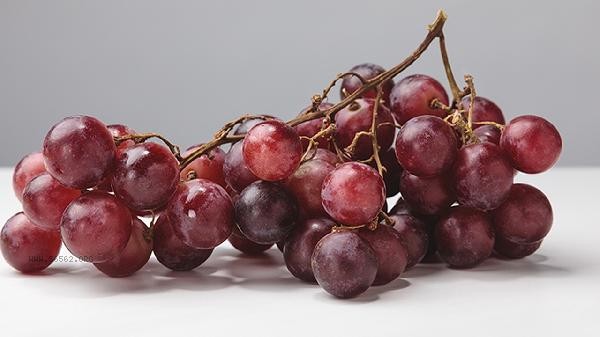Glucose oxidase and antifungal agents each have their own advantages, and the specific selection depends on actual needs. Glucose oxidase is suitable for improving feed digestion and absorption, while antifungal agents are more suitable for addressing feed mold problems.

Glucose oxidase can promote the breakdown of carbohydrates in animal feed, improve energy utilization efficiency, reduce the proliferation of harmful bacteria in the intestine, and help maintain the balance of intestinal microbiota. Mold removers reduce the content of harmful substances such as aflatoxin and vomitoxin in feed by adsorbing or degrading mycotoxins, thus avoiding poisoning symptoms in animals caused by consuming moldy feed. The mechanisms of action of the two are different, but both can enhance feed safety.

Glucose oxidase has no direct effect on the nutritional value of feed itself, mainly optimizing the digestion process. Long term use may increase breeding costs. Mold removers may adsorb some nutrients, affecting the palatability of feed, and excessive use may lead to a deficiency of trace elements. When selecting, it is necessary to comprehensively evaluate the degree of feed mold, animal species, and breeding objectives.

It is recommended to prioritize the use of antifungal agents to prevent mold growth based on feed storage conditions, and to use glucose oxidase in breeding stages with prominent digestive problems. Regularly monitor feed hygiene indicators to avoid the repeated use of additives with similar functions. If necessary, consult a professional veterinarian or nutritionist to develop personalized plans.








Comments (0)
Leave a Comment
No comments yet
Be the first to share your thoughts!